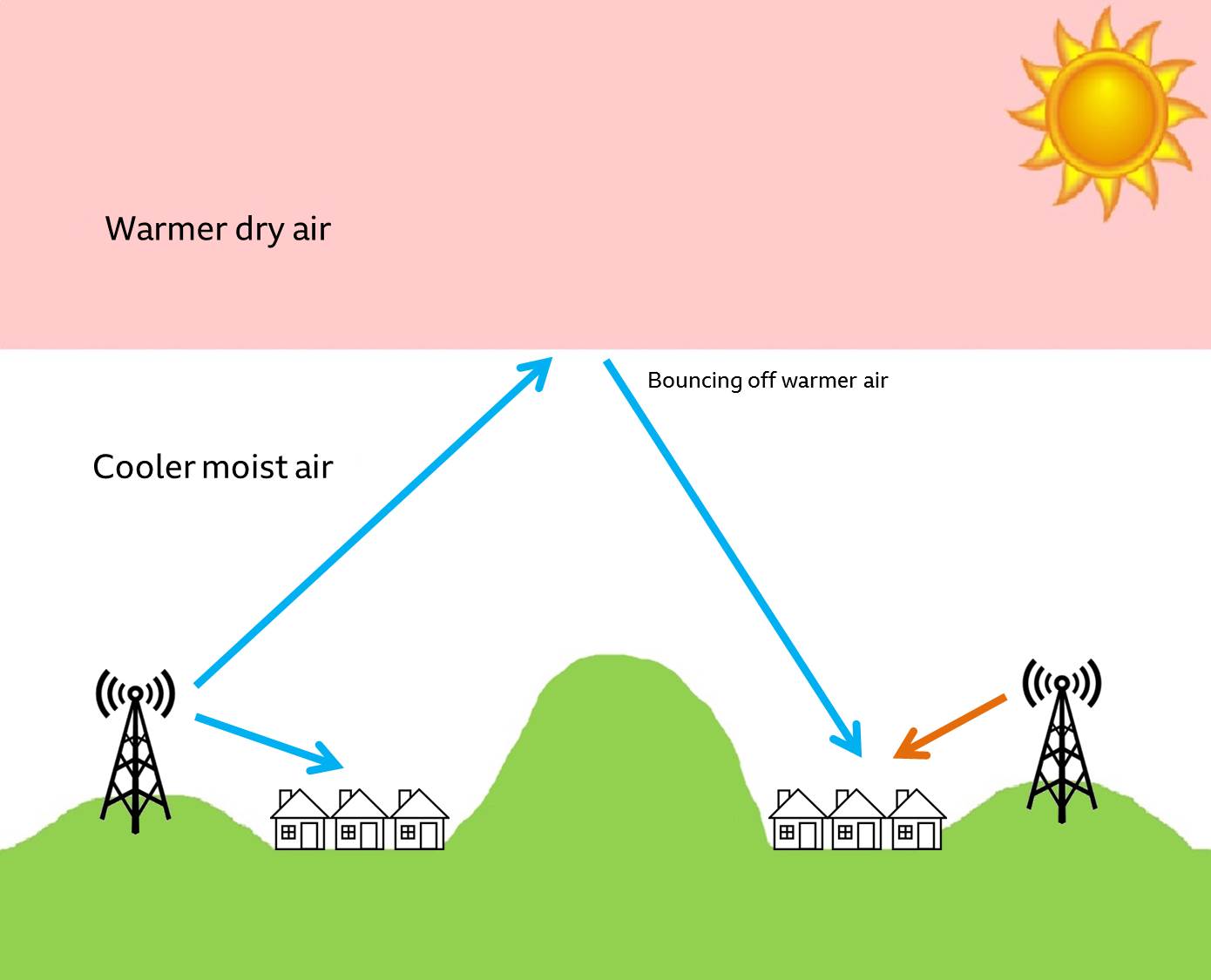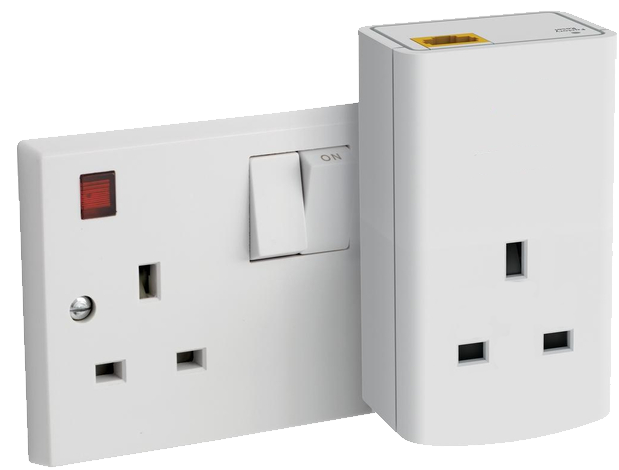DAB is less prone to interference than FM and AM radio, but there is still the potential for interference to cause a problem. We often have had specific instances of interference to DAB from LED lights.
The first step in troubleshooting your problem is to rule out common problems and decide whether it's a reception or interference problem.
Rule out Reception problems
As a rule of thumb burbling noises and breakup on DAB are normally reception problems due to a weak signal, but they could also be linked to some sort of interference.
For reception type symptoms use the step by step guide to help troubleshoot problems with DAB radio or use the Problem Assistant.
If all other stations on the same DAB multiplex are working ok and you have just lost one station, this is not due to interference. The problem could be due to a number of reasons, the station may have stopped broadcasting or have moved multiplexes rather than a radio fault. All of the stations in one multiplex should be behaving the same way. Try switching your radio off and on again. If this does not help use the 'autotune' function to reinstall the stations into the memory or talk to your dealer or manufacturer. Further information and guidance can be found by visiting the Get Digital site.
Troubleshooting DAB interference
There are a number of things you can do to check for interference:
- Look for a pattern. Is it happening every day? Does it come and go at specific times?
- When the problem occurs check channels from all multiplexes
- Check whether you are also having interference on an FM radio. If you have a battery-operated, portable FM radio, switch it on to see whether the problem can be heard on the FM radio at the same time.
- If you find a regular pattern and it is happening to all channels and to your FM radio, there may be interference. See our guides on FM radio interference for help in identifying a source of interference.
The most common source of interference to DAB is from LED lights.
LED lights
Many people are now using low-power LED lights instead of more traditional varieties. However, if the original light used a transformer, rather than directly running off the mains, it is possible the transformer is causing the interference. This is because the transformer would have been designed to operate at higher power and not the lower power used by LED lights. This difference has the potential to cause electrical interference. For more information see our interference caused by lighting.
More Help
If you rule out basic reception problems and believe there is a nearby source of interference, you can contact us either by phone or via the form at the end of the Problem Assistant tool.
We cannot investigate everything so it’s best to check the scope of our service first.

